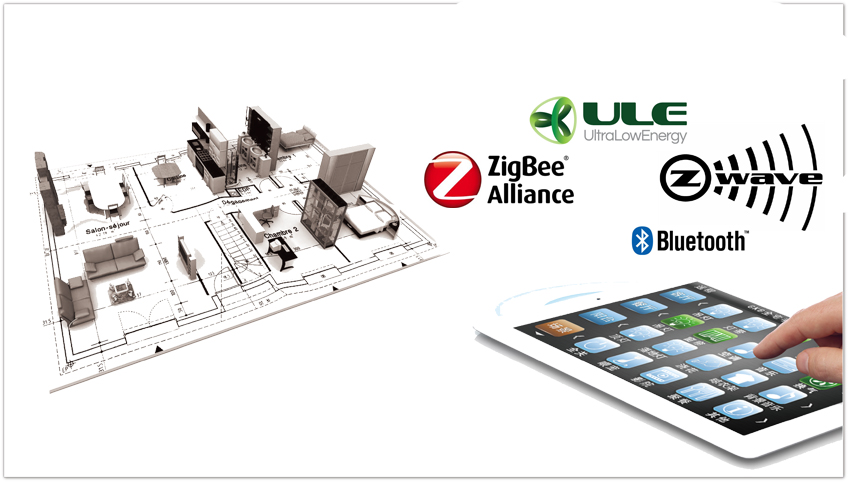
Protocols you should know for IoT & Smart Home
Based on recent market research published by Gartner, the Internet of Things (IoT) has already become popular market that attracts many users and suppliers. Almost 6.4 billion IoT products will be in use worldwide in 2016, up 30 percent from 2015, and will reach 20.8 billion by 2020. William Pao is the senior consultant from A & S International magazine, he has expertise in IoT and Smart Home industry. In this article, William Pao is pleased to introduce the different protocols that widely used in today's IoT and Smart Home industry, these protocols include familiar Z-Wave, ZigBee, WiFi and less popular EnOcean and Sigfox, Neul, and LoRaWAN.
"With IoT becoming so prevalent, it is difficult not to count security as part of the whole IoT revolution. Against this backdrop, knowledge on IoT and the various communication technologies/protocols associated with it becomes key." said William Pao. Having the solid understanding of network, data security and privacy concerns is very important to security professionals. Today, these IoT & SmartHome protocols own specific pros and cons, they offer different data transmission speeds, range of transmission, power consumption, and level of security.
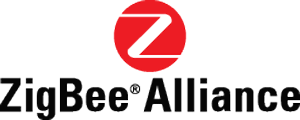
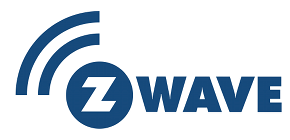
1# Z-Wave and ZigBee
Both Z-Wave and ZigBee are widely used in Smart Home products, they own low-data, short distance transmission characteristic, and their mesh networking capability can extend the transmission distance if necessary. Although both of them are quite similar, read this article you can know difference between Z-Wave and ZigBee.
ZigBee products operate in the 2.4GHz wireless signal, the ZigBee Alliance has many different standard for specific technologies, for example ZigBee IP, ZigBee RF4CE, and ZigBee PRO, and recently has combined all application profiles into a single solution called ZigBee 3.0; on the other hand, the Z-Wave uses the 900 MHz spectrum to communicate. Devices include door/window sensors, door locks, PIR motion detectors, Smoke/heat detectors. Today, you can find smart home gateway that supports multiple protocols including WiFi, ZigBee and Z-Wave.
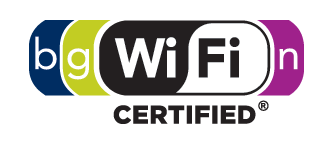
2# Wi-Fi
Wi-Fi technology allows different devices to connect to the wireless LAN (WLAN) network. It becomes the dominant wireless transmission technology. The most common WiFi standard used in homes and businesses today is IEEE802.11n, which operates in both 2.4GHz and 5GHz wireless bands. Its data range is approximately 70 meters indoor and 250 meters outdoor, and data rates are typically 150 to 200 Mbps, maximum 300 Mbps. WiFi is the ideal solution for all wireless Internet network and wireless broadband access points. When it comes to communication beyond these Internet connections, other standards start to show up.
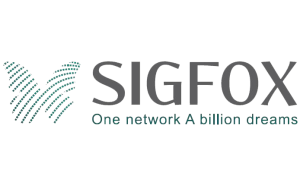
3# Sigfox, Neul, and LoRaWAN
These technologies offer long-range wireless transmission, they are lower in cost and power consumption compared to WiFi and cellular. Neul has a range of 10 kilometers with data rates from a few bits per second to 100 kbps. LoRaWAN transfers data at 0.3 to 50 kbps over a distance of up to 40 kilometers. Sigfox wireless networks can connect low-energy objects such as electricity meters, smartwatches, and washing machines, which need to be continuously on and emitting small amounts of data. Sigfox is able to provide a range of between 3 to 50 kilometers with data rates of 10 to 1,000 bits per second. These networks are currently being rolled out in major cities across Europe.
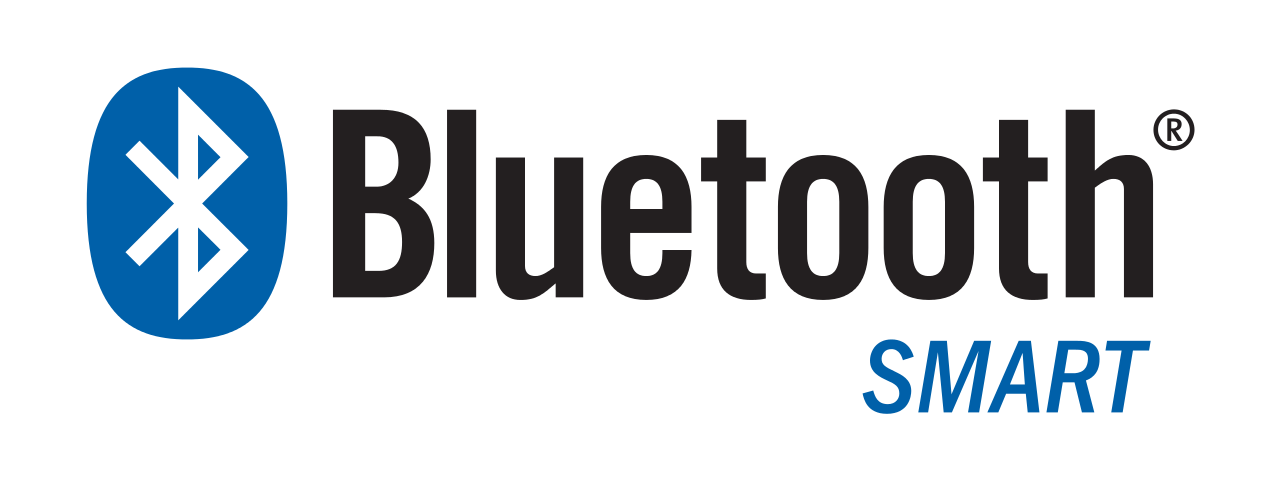
4# Bluetooth
Bluetooth is suitable for short-range data transmission between Bluetooth enabled devices such as smartphones, laptops, microphones and speakers. The same with the ZigBee, it operates in the 2400 MHz band of the free radio spectrum. Its transmission range is from 1 to 100 meters. Offering typical 1 Mbps data transmission speed, and rates may vary depending on the version of Bluetooth used. For example, the Bluetooth 4.0 offers 2.1 Mbps data transfer rate, while Bluetooth Low Energy can only achieve 260 kbps. With Bluetooth LE standard, power consumption is reduced significantly.
5# DECT-ULE
DECT stands for Digital enhanced cordless telecommunications, apparently it mainly uses in cordless phone system. DECT-ULE is the latest wireless communication standard from DECT, The DECT-ULE technology has ultra low consumption, up to 300 meters transmission range, and 1 Mbps transfer speed rate advantages, its ideal choice for applications include security, home automation, and climate control.
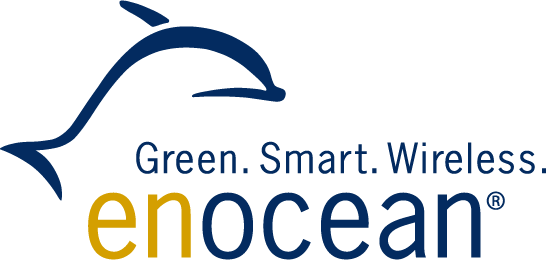
6# EnOcean
The EnOcean technology is an energy harvesting wireless technology used primarily in building automation systems, and is also applied to other applications in industry, transportation, logistics and smart homes. EnOcean standard specifies that devices are battery-less and operate on "energy harvesting," based on mechanical motion and other potentials from the environment, such as indoor light and temperature differences. Also because of this, its data transmission capability is quite small, typically just 14 bytes per second.
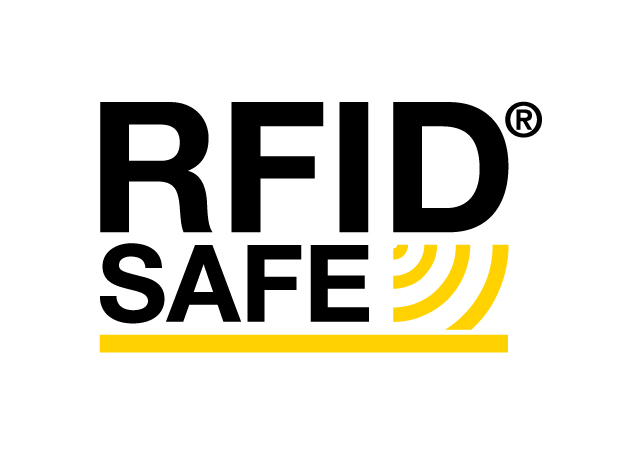
7# RFID
Operating in the 120KHz - 2.45GHz portion of the radio spectrum, the RFID technology has a range between 0.5 and 100 meters, and transmit data at 4 - 424 kbps, depending on the type of RFID used. RFID applications are diverse and wide-ranging. “RFID has been extensively used in short range identification (LF technology), for example in access control, up to the latest generation of long range (few meters) UHF applications able to identify bundles of thousands of objects in a few seconds,” said Andrea Azzoni, Marketing Manager at Fluidmesh Networks.
8# GSM/3G/4G-LTE
Cellular technologies have been widely used in long distance data transmission, the GSM has been used in security alarm panels as the backup to communicate with an alarm receiving center. 3G and 4G-LTE are suitable for high-data transmission with long range distance, the 4G-LTE is claimed to be anywhere from 5 to 29 kilometers, while data rates are about 300 Mbps downlink and about 75 Mbps uplink speed. Read this article to know how 3G compares to 4G in terms of data transmission speed.
Get My Latest Posts
Subscribe to get the latest updates.
Your email address will never be shared with any 3rd parties.
Scan me




